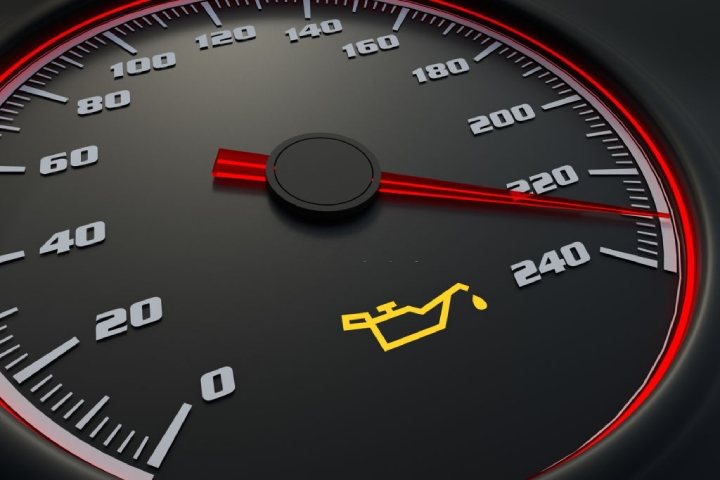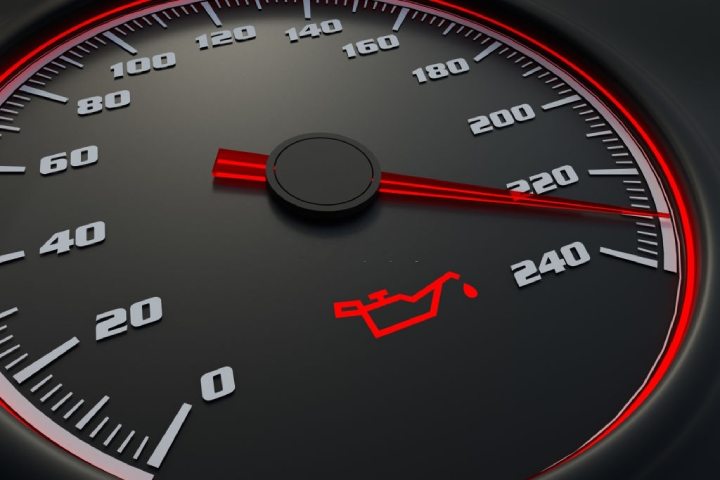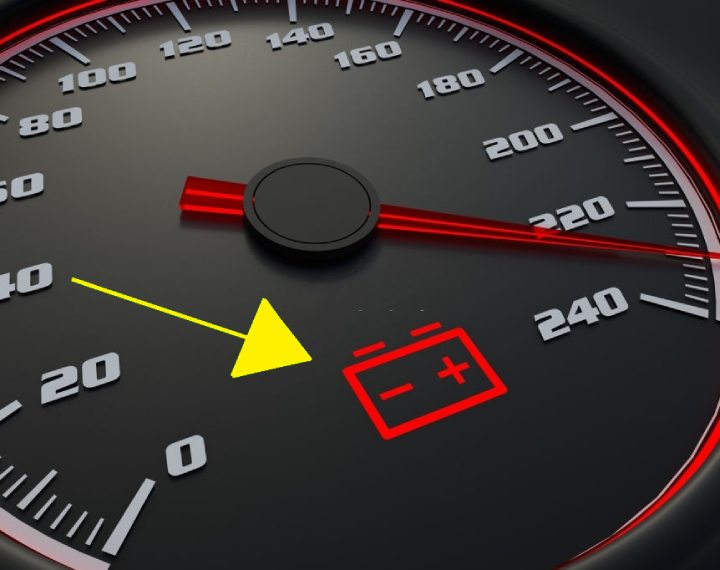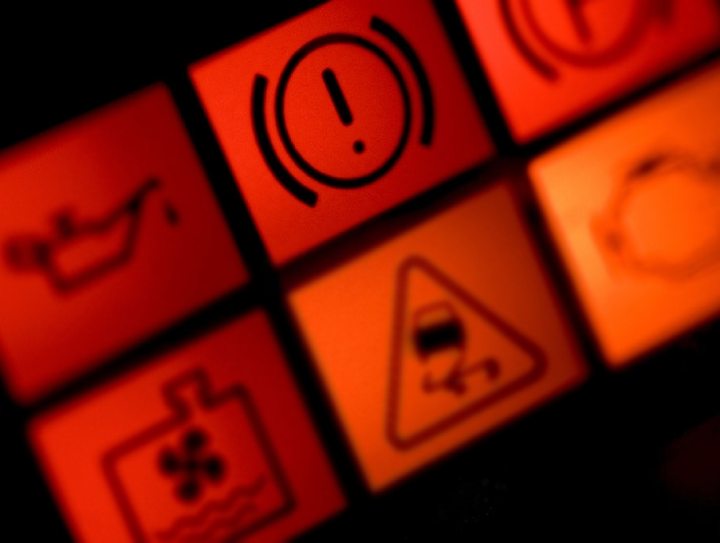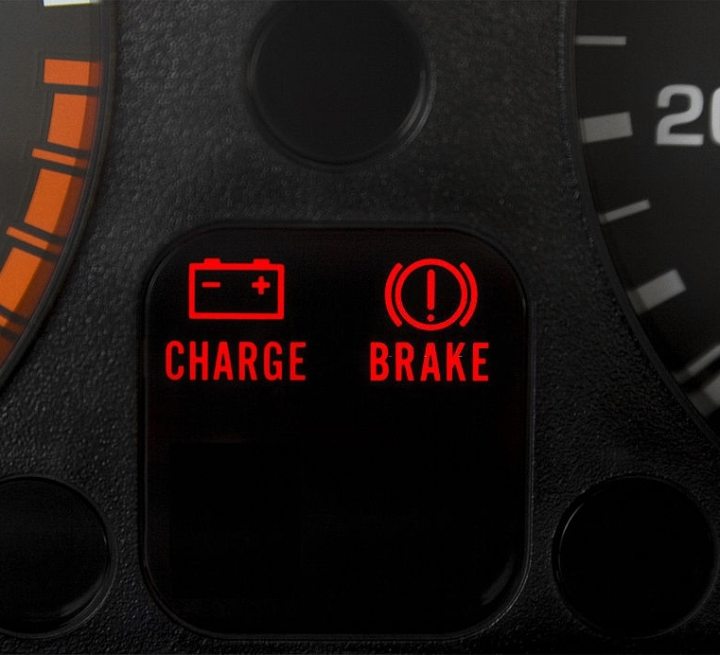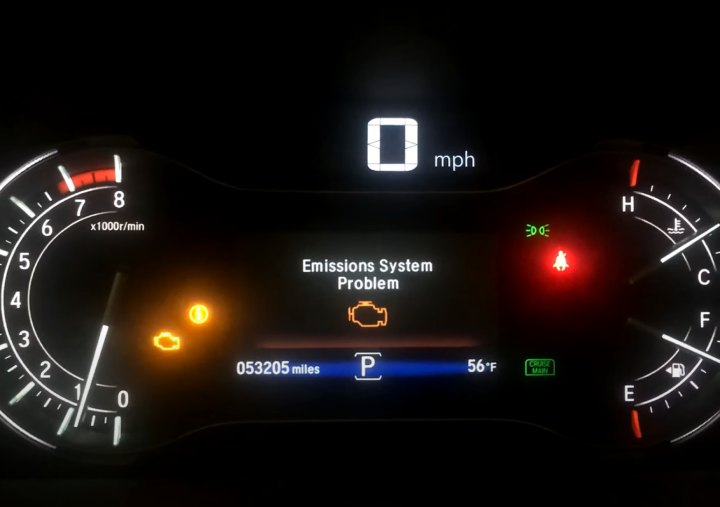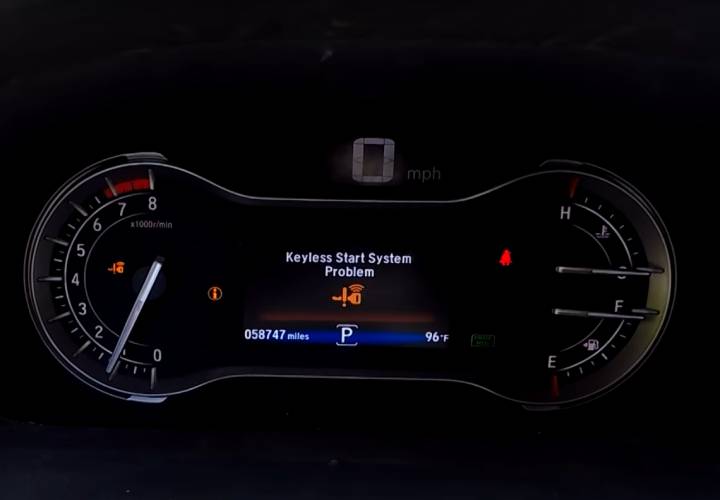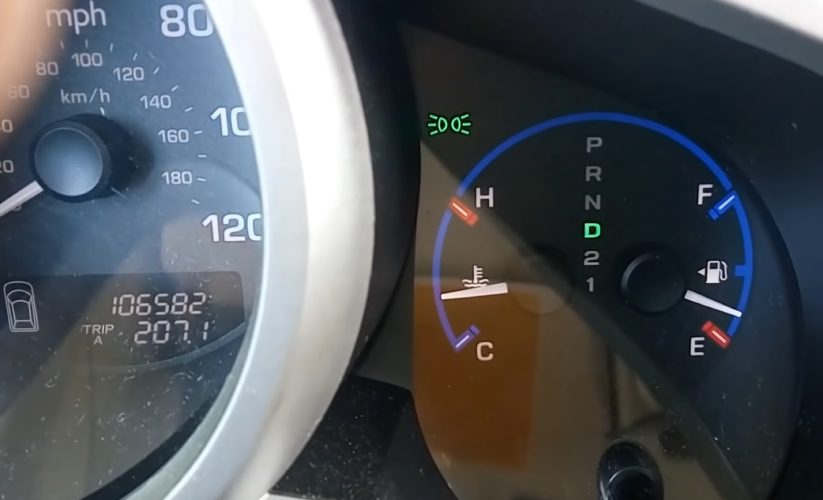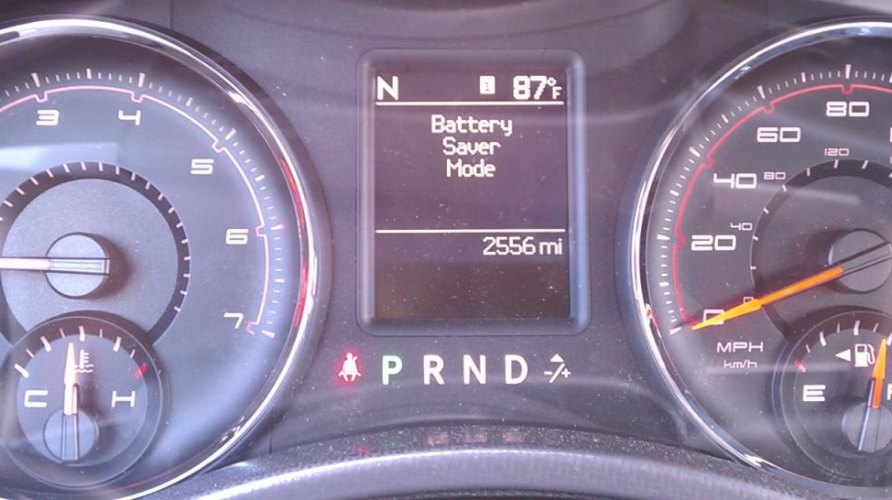Automobile technology has come a long way – it’s been quite a journey from Carl Benz’s patented open-roofed three-wheeled contraption, which started it all. The factories and assembly lines have worked tirelessly for two centuries to produce the massive beasts that roam our roads today, providing power, comforts, and luxuries that no one in the 19th century could ever dream of.
- Here is what the check VSA system means on your Acura
- What is the VSA?
- What does it mean when the light comes on?
- What might cause the VSA system light to go on?
- Here is how to diagnose the "check VSA system" message yourself
- How do I reset my Acura light VSA?
- Is the VSA the same as traction control?
- How do I know when my VSA is on or off?
- Is it safe to drive with VSA light on?
- How much does it cost to fix VSA system?
- Conclusion
We have incorporated a lot into our vehicles. Apart from reworking the purpose of cars to include the enjoyment of the aforementioned luxuries, we have also refined the original function of transportation, introducing concepts like the automatic transmission and the Hill Start assist, building in fail-safes that serve to protect and help the driver.
One of these fail-safes is the VSA, a technology that proves very handy indeed when installed.
Here is what the check VSA system means on your Acura
When the check VSA system warning light comes on, it indicates that there might be a problem with your VSA system, and you should take it to a car mechanic for inspection. The warning light might come on due to a fault with your brake switch, wheel speed sensor, yaw rate sensor, or VSA control module.
What is the VSA?
For people who drive an Acura, this should sound familiar. A triangular light symbol on the car’s dashboard features an exclamation mark within it. That is the VSA light. The VSA stands for Vehicle Stability Assistant and essentially is put in the car to guide traction on the road.
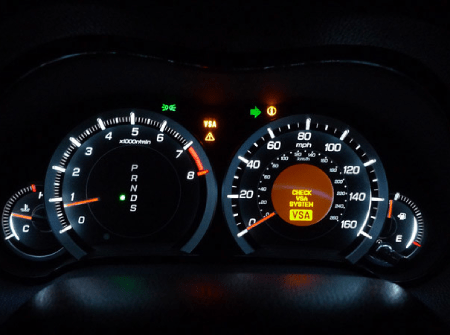
The VSA helps with two basic functions.
- It helps the car to stay on track when driving under precarious conditions
- It helps to bolster traction between the car tires and the road. It does this by either limiting the wheel slip rate or reducing the engine speed
What does it mean when the light comes on?
The previous paragraph stated that the VSA light is located on the dashboard – a triangular symbol with an exclamation mark within it. This light only comes on when the system is deactivated (this implies that you can willingly turn it on or off).
You obviously wouldn’t want to have one of the car’s in-built safety options off, so it serves as a reminder for you to switch it on.
However, there is “another” VSA light, a seemingly more important one. When this one comes on, it indicates whether or not there is a problem with the VSA system. This is known as the VSA system light.
It is imperative to pay attention to this because it helps to keep track of the condition of one of the most important safety technologies in the car. When this particular light comes on (it is located on the dashboard, too), it shows that it might just be time for you to start making repairs.
What might cause the VSA system light to go on?
As mentioned before, the VSA system deals with the guidance and control of the car and its traction during dangerous situations. It would only come on when issues related to these things are faulty or not in the best condition.
This is cause for diagnosis, either through DIY (if you’re handy enough) or by going to a mechanic. Things that might cause the VSA warning light to come on include:
A faulty brake switch
The VSA system is tied to the braking system of a car. How? When a car’s VSA system is on, the car’s stability becomes the first course of action. The vehicle maintains this by reducing the engine output and acceleration by making the braking system control each wheel of the car.
A vehicle’s brakes are connected to the brake light switch, a small component joining the pedal system. The brake light switch induces the brake lights to switch on when the brake is pressed and also to send a signal to the car’s control module that the brakes have been engaged.
This makes it imperative for the optimal functioning of most car systems, including the anti-lock brake, the push-button start, and the VSA. The VSA warning light will come on when the brake switch is faulty.
The cost of fixing a faulty brake switch is not that high and is probably the best outcome of a faulty VSA system. With parts and labor, you should expect to pay around $150.
Wheel speed sensor fault
It is a well-known fact that a VSA would not function well if one drives with uneven wheels. Why is this? Because the wheel speed sensor would be taken out of balance on readings. The wheel speed sensors are sensors that read and send the speed of the wheels and then send them back to the car’s control module.
A faulty sensor (or uneven wheels) would make the whole system hard to read and function appropriately. If the sensor cannot pick out a problem, the VSA wouldn’t know how to correct the problem either.
A wheel speed sensor failure will set you back around $200-$250.
Yaw rate sensor failure
As you can tell from this pattern, most VSA problems lie in the fact that there are these little sensors the system itself cannot function without; systems need to be fully optimized for it to correct and stabilize the car’s motion. The yaw rate sensor is one of these.
It helps to calculate and sense if the vehicle is in danger of slipping and sliding by noting the yaw rate. Without this system fully online, the VSA light would come on.
While not as common, a faulty yaw rate sensor is considerably more expensive to fix. For labor and parts, you can expect to pay around $700.
Related content: Everything You Need to Know About the Acura B12 Service
VSA control module
The VSA control module doesn’t only control the VSA but extends to other parts of the car, including the Antilock braking system, the EBS, and the Traction control system. With this in mind, it stands to reason that the VSA system would refuse to function properly.
The least likely to fail is the VSA control module, but when it does, it’s going to be expensive to replace. A dealership will ask over $1500 for parts and labor.
Here is how to diagnose the “check VSA system” message yourself
For those of you that like to take matters into your own hands, there is a simple way to identify what is causing the warning on your dashboard. You need to have a code reader and plug it into the OBD port.
Depending on the codes displayed o the reader, you will be able to identify what part needs replacing. Please check Acura OBD-II Trouble Codes if you are not sure what the error code means.
How do I reset my Acura light VSA?
You can reset your Acura VSA light by simply turning off the car and turning it back on. This is not guaranteed to work, but it does sometimes make the warning go away. You can also do that by getting a diagnostic tool to reset the system.
Is the VSA the same as traction control?
No. While they perform similar functions, these are two different parts of the car. While the VSA is used to keep the vehicle guided without slipping during cornering, the traction control regulates the spinning of the tires during acceleration.
How do I know when my VSA is on or off?
You can tell your VSA is on through the output your engine gives you when you decide to accelerate. You would also notice that the triangular symbol with the exclamation mark is off. This only comes on when the VSA system is turned off.
Your VSA system is a failsafe that assures you of premium protection from the uncertainty of dangerous roads. It is best for it to always be on so that you are protected 24/7.
Related content: Why Does My Acura Say “Check Emission System”?
Is it safe to drive with VSA light on?
As discussed already, the VSA is one of the most important safety mechanisms your car comes with. It is important to ensure that it’s working at all times, as driving with a fault in the VSA system can become a hazard for you and other traffic participants.
However, until you fix the problem, you might be able to drive the car, but you need to remember that the vehicle lacks one of the main safety systems.
How much does it cost to fix VSA system?
The cost of fixing the VSA system will vary from $150 to $1500, depending on what is causing the issue. If you are dealing with a bad VSA module, you need to budget around $1500, while a faulty brake switch is about $150 to fix.
You might be able to save some money by going for second-hand parts, but be aware that there are some risks and a shorter warranty.
It is important to have the car inspected by a professional mechanic, to ensure you are not replacing the wrong part.
Related content: What Does Check TPMS System On Your Acura?
Conclusion
The VSA system is one of the most important safety mechanisms your Acura comes equipped with; hence you should ensure it is working as intended. A fault in the VSA system will not cause the car to go into limp mode, but you should address the issue ASAP.
My name is Jeffrey Williams and I have been a car mechanic for over 35 years. I am currently working NYC Auto Repair Shop, in New York City and recently developed a strong passion about blogging. I decided to put together this blog where I will try and answer the most commonly asked questions I get on a daily basis from my customers.

